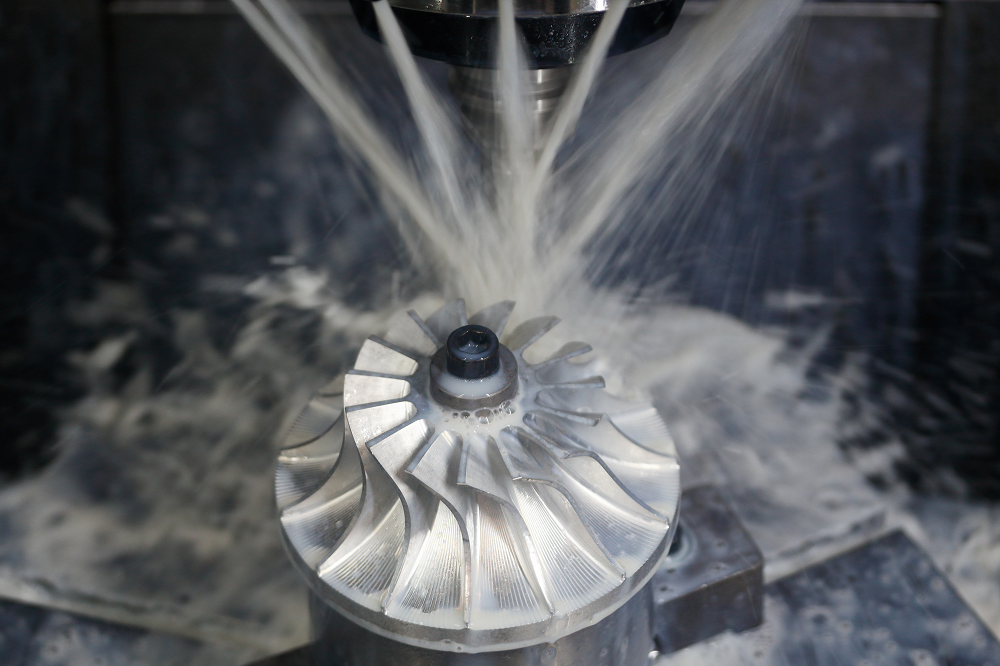Though it’s a small and often overlooked budget item, cutting fluid, and how well operators maintain it, has a significant impact on the entire operation. Poor-quality fluid and a lack of maintenance can slow down productivity, lead to waste, and drive up costs. Meanwhile, high-quality, well-maintained coolant can serve as an anchor to your budget, and even make your shop a more pleasant place to work.
That’s why it’s so important to look beyond upfront costs and understand the indirect cost savings that come from better fluid. To do this, you have to track your cutting fluid performance and the impact it has on your budget.
How to Measure Your Current Cutting Fluid Performance
To measure your shop’s cutting fluid performance, you need to create a tracking system and perform fluid manufacturer-recommended procedures. It is important to know the different parameters to track. First, here’s what you should monitor:
- Sump life. Make sure you’re practicing proper coolant maintenance to maximize the life of your fluid and how long it lasts in the sump before it needs replacement. Upgrading to a more advanced coolant will extend sump life even longer.
- Tool life. High-performance cutting fluid provides better lubrication and cooling, reducing wear on cutting edges and helping them last longer. Tool life serves as a valuable measure of how effective a cutting fluid is at providing protection during a machining operation.
- Makeup rate. If an operation requires high concentrations and frequent cutting fluid top-ups, that could indicate a problem with carryoff, evaporation, or foam — issues that can be solved by upgrading to more advanced cutting fluid and more efficient coolant makeup systems.
- Coolant disposal rate. Another way to spot problems with carryoff or a short sump life, high fluid disposal costs draw attention to how much coolant you’re replacing.
- Throughput. High-performance cutting fluid allows operators to run machines at higher speeds without sacrificing quality or damaging equipment. Advanced fluids like TRIM® HyperSol™ 888NXT have been shown to more than double throughput in some operations.
- Finish quality. Poor finish quality requires additional reworking, which decreases throughput. This is often an indicator of insufficient lubrication and cooling from the cutting fluid and can be a leading indicator of poor tool life.
- Scrap rate. A high scrap rate is especially costly because it results in direct loss of materials, which continue to fluctuate in price amid supply chain instability.
- Cleanouts per year. More frequent cleanouts result in higher consumption rates and more machine downtime.
- Machine downtime. Tracking machine downtime also helps track the total lost productivity to fluid and cutting tool changeouts, sump cleanouts, and machine cleaning.
Over the course of as little as a month, you can establish a clear benchmark of how your current cutting fluid is performing, as well as its impact on your operating budget. From there, you can set coolant cost-cutting goals and analyze the performance of an alternative cutting fluid using this same method. Once you have both sets of metrics, compare the numbers to determine which fluid provides better value overall.
For insight into coolant performance, Master Fluid Solutions® experts provide comprehensive plant audits to identify potential areas of improvement, and even offer free product trials. During trials, experts measure every aspect of performance while providing insight into how to streamline operations. Contact us to schedule a site visit and see what a metalworking fluid upgrade can do for you.

